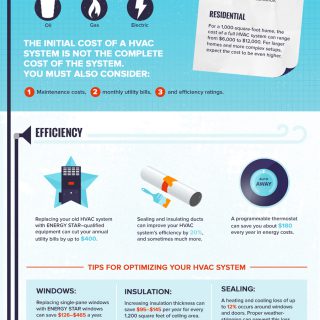The Ultimate Guide To Recognizing Warmth Pumps - Exactly How Do They Work?
The Ultimate Guide To Recognizing Warmth Pumps - Exactly How Do They Work?
Blog Article
Content Develop By-Blanton Hemmingsen
The most effective heatpump can conserve you substantial amounts of money on energy expenses. They can additionally help reduce greenhouse gas exhausts, specifically if you utilize electrical energy instead of fossil fuels like propane and heating oil or electric-resistance heating systems.
Heatpump function quite the like a/c unit do. This makes them a feasible option to standard electrical home heater.
Exactly how who sells mitsubishi heat pumps Function
Heatpump cool homes in the summer season and, with a little help from power or gas, they provide a few of your home's home heating in the winter season. They're a great choice for individuals who intend to decrease their use nonrenewable fuel sources yet aren't ready to replace their existing heating system and cooling system.
They rely upon the physical truth that even in air that seems too cool, there's still power existing: cozy air is always relocating, and it wants to relocate into cooler, lower-pressure environments like your home.
The majority of ENERGY STAR certified heatpump operate at near to their heating or cooling capacity throughout the majority of the year, minimizing on/off cycling and conserving power. For the best efficiency, focus on systems with a high SEER and HSPF score.
The Compressor
The heart of the heat pump is the compressor, which is likewise called an air compressor. This mechanical moving tool makes use of potential energy from power development to increase the pressure of a gas by lowering its quantity. It is various from a pump in that it only works with gases and can't deal with liquids, as pumps do.
Atmospheric air gets in the compressor through an inlet valve. It circumnavigates vane-mounted arms with self-adjusting size that divide the interior of the compressor, producing several tooth cavities of varying size. The rotor's spin pressures these dental caries to move in and out of phase with each other, compressing the air.
The compressor draws in the low-temperature, high-pressure refrigerant vapor from the evaporator and presses it into the warm, pressurized state of a gas. This process is repeated as required to provide heating or air conditioning as needed. The compressor likewise contains a desuperheater coil that reuses the waste warm and includes superheat to the cooling agent, altering it from its fluid to vapor state.
The Evaporator
The evaporator in heatpump does the exact same point as it does in refrigerators and air conditioning unit, altering liquid cooling agent right into an aeriform vapor that eliminates warm from the space. Heatpump systems would certainly not work without this essential tool.
This part of the system is located inside your home or structure in an interior air trainer, which can be either a ducted or ductless unit. It includes an evaporator coil and the compressor that compresses the low-pressure vapor from the evaporator to high pressure gas.
Heatpump take in ambient warmth from the air, and afterwards utilize electrical power to move that heat to a home or service in home heating mode. That makes them a whole lot a lot more energy effective than electrical heating units or heating systems, and because they're utilizing clean power from the grid (and not burning gas), they likewise produce far less discharges. That's why heatpump are such excellent ecological choices. (Not to mention a significant reason why they're becoming so prominent.).
https://cost-to-add-air-condition89999.blogscribble.com/29379449/the-future-of-home-heating-how-heatpump-modern-technology-is-advancing .
Heat pumps are wonderful choices for homes in cold climates, and you can utilize them in mix with traditional duct-based systems and even go ductless. They're a great alternative to nonrenewable fuel source furnace or standard electrical heaters, and they're a lot more lasting than oil, gas or nuclear a/c devices.
Your thermostat is one of the most vital element of your heatpump system, and it functions really in different ways than a standard thermostat. All mechanical thermostats (all non-electronic ones) work by utilizing materials that change size with enhancing temperature, like coiled bimetallic strips or the expanding wax in a car radiator valve.
These strips contain 2 different sorts of metal, and they're bolted with each other to form a bridge that finishes an electric circuit attached to your cooling and heating system. As the strip obtains warmer, one side of the bridge increases faster than the various other, which triggers it to flex and indicate that the heater is needed. When the heat pump remains in home heating setting, the reversing shutoff turns around the circulation of refrigerant, to make sure that the outside coil now operates as an evaporator and the indoor cyndrical tube comes to be a condenser.